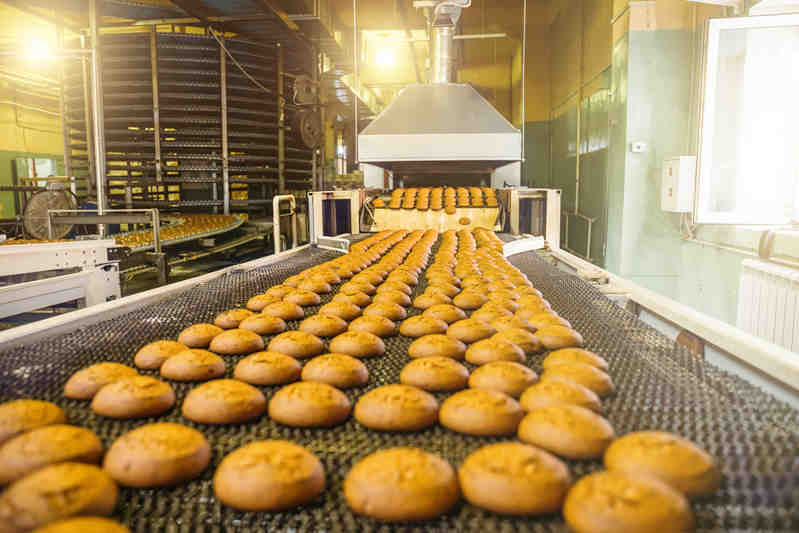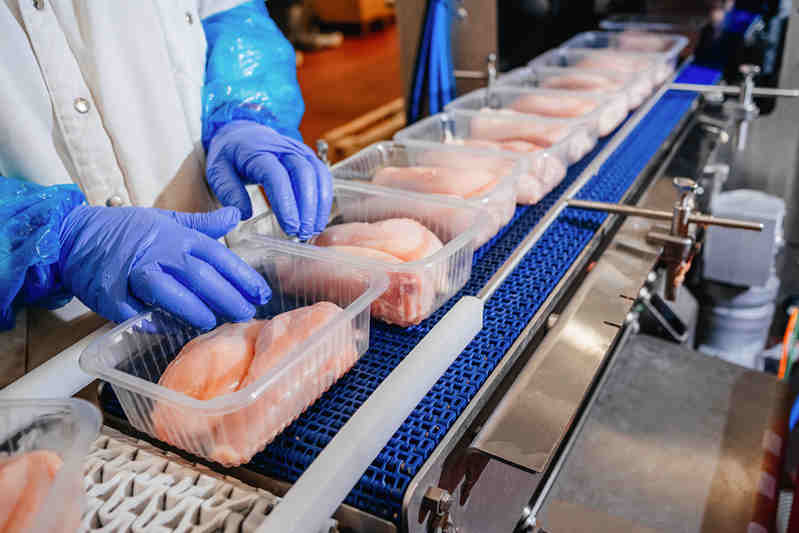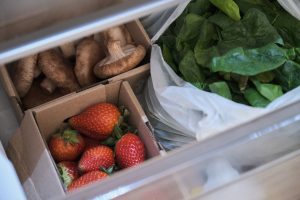As food manufacturers are actively implementing or maintaining a SQF program, here is a review of the most important changes to the Food Manufacturing Code and how to prepare for SQF 9 and pass your SQF audit with high scores.
Most of the key changes concern the certification process and the system element requirements which are common to all certified facilities. As the resident SQF practitioner(s) for your business, you will likely perform a gap assessment of your existing food safety management system (FSMS) against SQF 9 requirements. This process can be achieved by downloading the SQFI audit checklist from the SQFI website.
In SQF, “change management” is a process that is documented through the Corrective Action-Preventive Action (CAPA) program. New SQF elements and existing facility programs that are found to need an update can be added to a project list using your CAPA Program. You should use the CAPA register to log all your corrective and preventive actions based on the outcome of the gap assessment. Individual CAPA reports can then be completed by the SQF team to designate people responsible for corrective or preventive actions, including implementation timelines.
SQF Audit Scoring
The SQF certification process is also changing with the new code Edition 9. While some parts of the certification audits may be completed remotely (ask your Certification Body [CB] for details), the biggest change is with the SQF audit scoring system. Certified auditors will now subtract 5 points for Major Non-Conformities (NC). In previous iterations of the SQF code, one Major NC would have penalized the site a total of 10 points. As a result, SQF auditor will feel more comfortable raising Major NCs while auditing your site. How to prepare for SQF 9 and avoid major system deviations during a SQF certification audit? Let’s start by reviewing what major NCs are.
What are Major Non-Conformities and when can they be raised by auditors? A Major Non-Conformance is a lack or deficiency in the FSMS system that produces unsatisfactory conditions that carry a food safety risk and is likely to result in a food safety system breakdown but which does not pose an immediate threat to product safety that would warrant a recall or a product hold. Major NCs could be a significant non-conformity against the requirements of the SQF code, a failure of a complete element or a significant quantity of minor non-conformities. They could also be called for if entire programs are missing from your SQF manual. This is now more likely to occur because the stand-alone desk audit has been removed from the initial SQF certification process. So how to prepare for SQF 9 and spot major gaps in your food safety management system? It is recommended that the site work with a competent SQF practitioner or certified consultant to verify that all the SQF documentation is in place prior to the facility’s internal audit and certification audit.
How to prepare for SQF 9? Learn what major NCs are and correct them:
- Management commitment is not evident (poor food safety culture, SQF system is poorly resourced)
- Numerous minor NCs involving document and record control;
- Numerous minor NCs involving the site (adequacy of food contact and non-food contact surfaces);
- Numerous minor NCs involving employee training and competencies;
- An internal audit program that is not fully implemented and documented;
- Traceability/Recall, Food Fraud, Food Security or Crisis Management programs which are not fully implemented and documented;
- CAPA program that is not implemented properly (poor root cause analysis, numerous open CAR reports);
- Codex HACCP plan which is incomplete and not fully documented;
- A Preventive Control Plan is not developed and implemented in facilities that sell food for consumption in the US and are under FSMA oversight. SQF practitioners and other team members who perform preventive control plan verifications do not qualify as Preventive Control Qualified Individuals (PCQIs).

Substitute SQF Practitioner (2.1.1.4 and 2.1.1.5)
How to prepare for SQF 9? Hire competent food safety professionals trained in HACCP.
SQF certified sites must now have 2 practitioners actively working on developing, updating, and maintaining their SQF systems. Both practitioners are to be formally HACCP-trained and be familiar with the SQF code and the implementation of a FSMS. They must be employed by the site. They have a position of authority and report to management or the owner of the business. The substitute SQF practitioner must be working closely with the lead practitioner and understand all aspects of the job description. The backup practitioner must be able to take over during absences of the lead SQF practitioner, including during third-party and unannounced SQF audits.
Food Safety Culture (2.1.1.1)
This new GFSI requirement has been added to the scope of SQF certification.
How to prepare for SQF 9? Learn about the concept of Food Safety Culture. The term was first coined by food safety expert Frank Yiannas.
Numerous other resources have been published to help sites with the development of a food safety culture plan. Food Safety Magazine published a recent article on the subject. SQFI recently added an Edition 9 guidance document addressing the food safety culture. In a previous blog post, I mentioned the GFSI white paper on the subject. If you are still unsure about how to document your food safety culture plan, contact Sirocco Consulting to download a free Food Safety Culture Plan SOP.

Product Label Approvals (2.6.1.2)
How to prepare from SQF 9? Implement a product label verification check to ensure the right label is placed on the right product.
This is a very important addition to the SQF code, which is supported by new food safety regulatory standards. Undeclared allergens are the number one reason for food recalls in the US. Under FSMA, sites may implement allergen preventive controls to ensure allergens are declared on food labels. It ensures that food and beverages are clearly represented and advertised to the consumer. Under Safe Food for Canadians Regulations, food manufacturers must maintain Preventive Control Plans which must comply with customer protection requirements. The customer protection requirements ensure that food labels are compliant with SFCR, accurate and truthful.
In practice, food manufacturers will need to develop a label approval program and a finished product label review program. The label approval program is designed to approve proofs of food label or food packaging artwork which may be inspected at receiving or on the line during the packaging of food. The finished product label review program intends to verify that the right label or package is used on the right product.
The finished product label review program should be implemented on the line and include checks at start-up and during product changeovers. It is also recommended to monitor changes in label or food package stock (ex: when opening a new box or using a new lot number).





